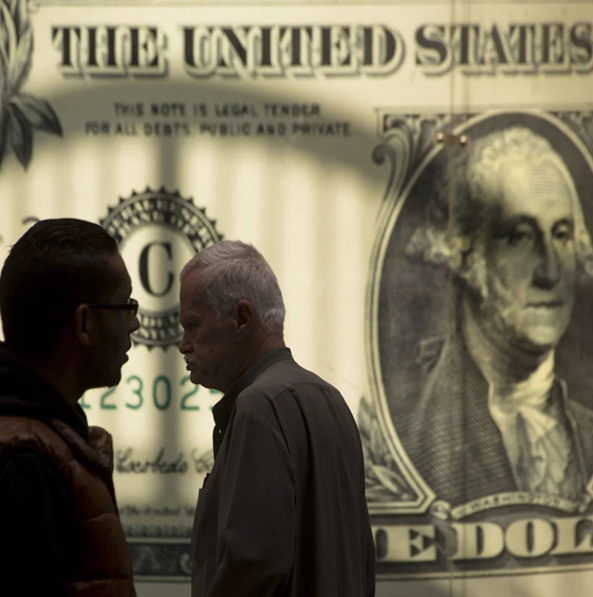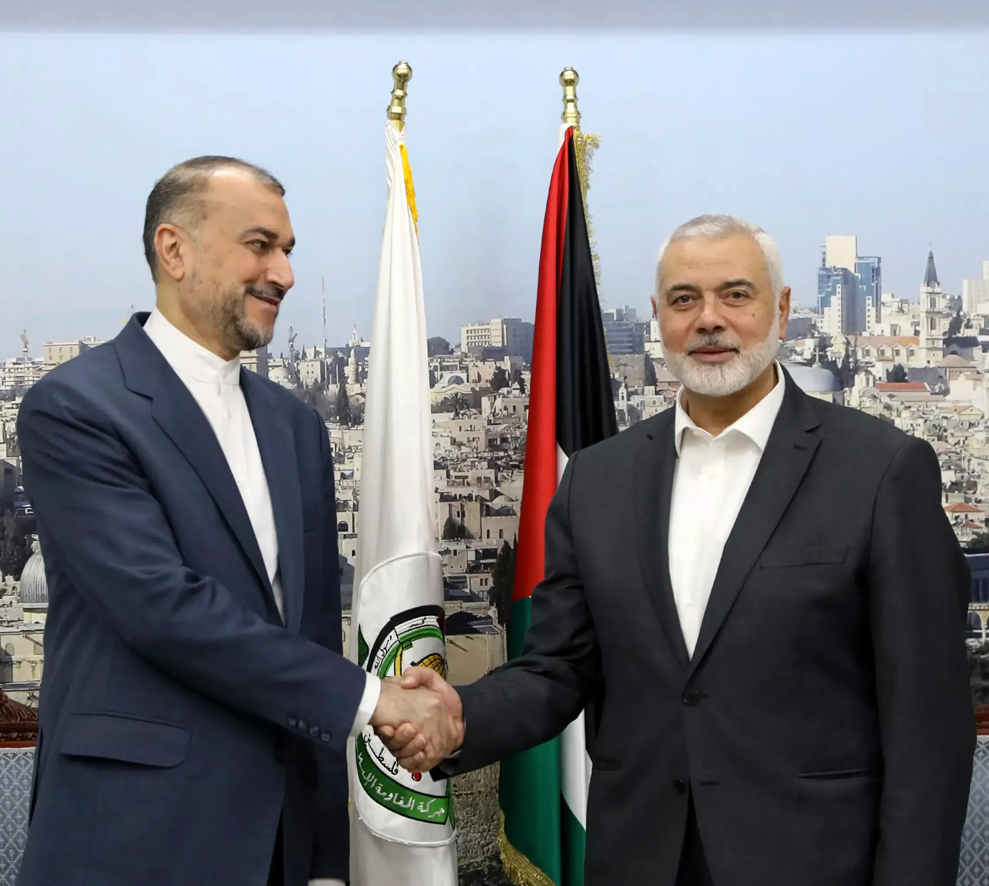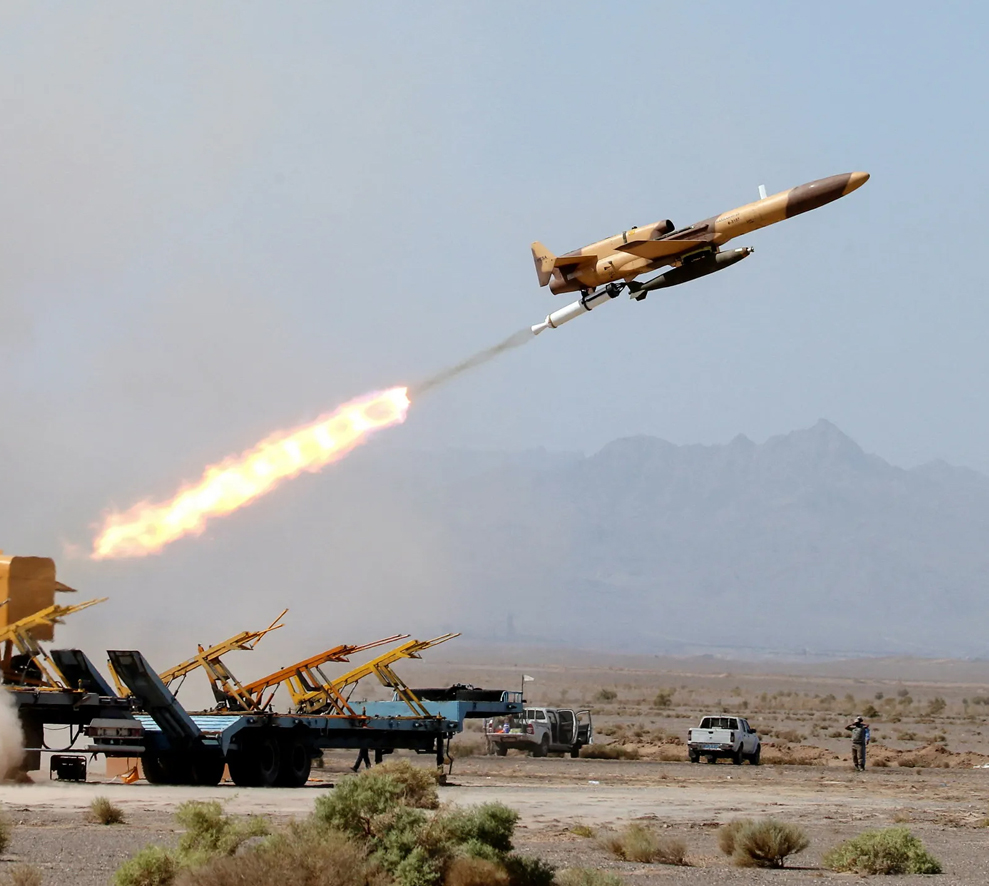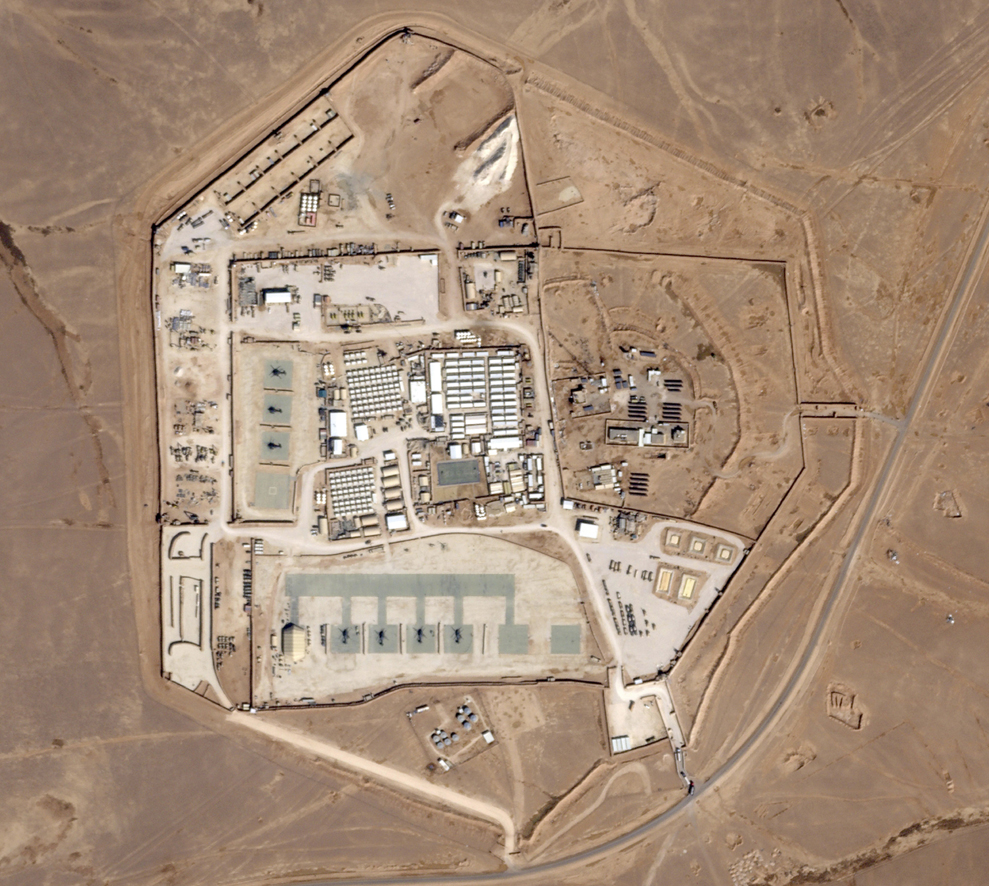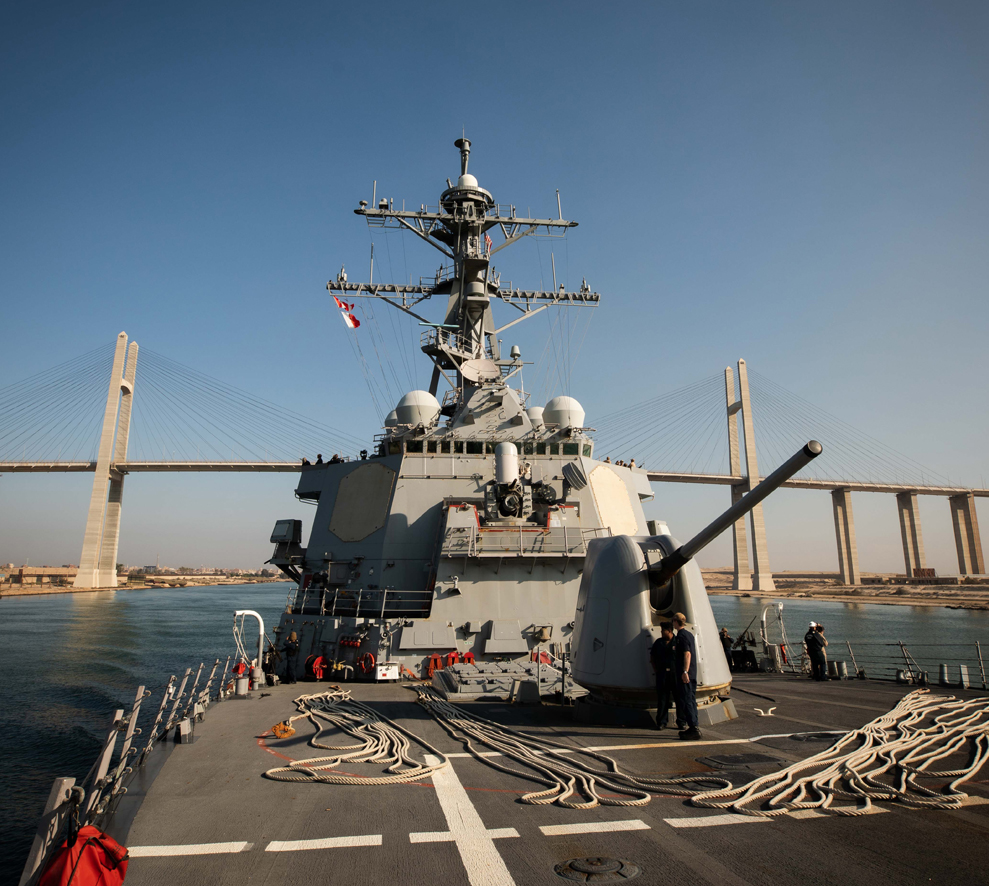Introduction
The world order is experiencing many political and economic changes and transformations, expressed by the major powers’ attempts to destabilize the aspects of the American unipolarity, using several tools, in which the economy is at their forefront.
States with strong economies are given the opportunity to assert their sovereignty, and have the power to impose their hegemony and influence. However, what the world is experiencing today is that those powers, such as China and Russia, are taking serious and –sometimes- successful steps to assert their global prestige, within a frame of international competition. Such steps are seen by Washington and the Western world, in general, as a threat to the pillars of the Western-dominated world order.
The Competition between the major powers exceeds the threshold of "total competition" on which the World Trade Organization is based. This is clearly manifested in the trade war between China and the United States, and in the repercussions of Western sanctions on Russia for its military operations in Ukraine, in an attempt to drain Russia’s economy, and limit the ambitions of the Russian President, Vladimir Putin, to assert his country as a global power. Amongst the folds of these competition, the "currency war" consequently becomes salient as an essential and important part of such competitions.
This side became clearly prominent recently, within a new and modern stage of the currencies' war space, after Russia decided to associate its currency to gold in the context of its response to the sanctions, and employed the tool of paying with ruble for the "unfriendly states" to get the Russian gas. Russia revealed that its gas buyers had actually turned to pay with rubles. Amidst such procedures, the USD exchange rate soared to the Russian ruble at Moscow's stock market, after the US and EU currencies rate decreased to the Russian currency. USD exchange rate raised from 3.52 to touch 79.45 rubles, while the euro exchange rate went from 3.24 to 85.96 rubles.
All of that brings back to mind what the US did in 2018 when it imposed customs tariffs on the Chinese goods, in order to protect the national industries and to remedy the commercial deficit between itself and China, which some estimations indicate that it is over 500 billion USD. However, what lies behind such measures is to limit the Chinese influence, that turned to compete the US influence over the who is ranked the first. Such attempts to limit the Chinese influence were not limited to impose customs tariffs, they go further to be a war, which its tools are based on currencies.
A Reading in the Currencies Wars and Reality
It goes without saying that the US dollar is still the dominant currency so far, having more than 88% of international exchange transactions in 2019 according to The Bank of International Settlements, while the yuan is ranked eighth with 4.3%. The USD controls global currency reserves by 60%.
However, the states which compete the USD, like China, has other tools to achieve stability in their economies, mainly to reduce the value of their local currencies, so that the other currencies will be weaker before their currencies. Such procedures have their repercussions when the competition intensifies, the matter that may lead to a change in the exchange rates dynamics and averages, in addition to affect the international trade system. This will affect the Arab states, which their currencies are mainly associates with the USD, the matter that will make the Arab states be affected with the fluctuations of the global economy.
Perhaps one of the most significant measures will be the Chinese government intervention to determine the exchange rate against the USD, attempting to keep the USD strong and keep the yuan weak, in a way or another, via buying a trillion dollars, which increases the Chinese goods liquidity flow to the global markets, due to the decline in global markets. Maintaining a low value for its currency - maintaining a percentage of (25-40%) has a positive return on the growth of its economy, reflected in the increased levels of production and income, giving China's goods and exports a competitive advantage in global markets due to their low value. On the other hand, the decrease of the yuan value leads to a rise in Chinese import prices, which has the effect of increasing inflation rates, and investors seeking other destinations.
.jpg)
The currency war between the Chinese yuan and the United States dollar, is also associated to the euro, because of the weight of the 20-nation European Union in the movement of the world trade, and for the Union offers a valuable currency for foreign reserves, as nearly one third of all euro banknotes are held outside the European Union. The euro is, therefore, close to the relative weight of the dollar in terms of transaction payments, in spite that most goods, such as oil and cotton, are priced in dollars.
These dynamics make it valuable for States to carefully adopt their monetary policies, given the correlation of monetary policy in how the global economy is shaped; their effects on currencies and their value, and for they determine the level of competition for currencies. This may create economic implications that cannot be overlooked once competition intensifies.
The Repercussions of The Currency War on Arab States
The economies of Arab states are generally affected by international economic competition, as well as at the currency level too. Most Arab states associate their national currencies to USD. The trade war between China and the United States, and the closures associated with the Covid-19 pandemic, have had a clear impact on the economies of Arab states.
This is reflected in the total GDP at the current prices of Arab states, which reached about 2,432 billion USD in 2020, which means a contraction of 11.5%, compared to 2019.
This contraction is attributed to the trade war, which overshadowed the exchange rate and its debt recovery, trade move, and balance of payments. It is the first of its kind after the 2008 global financial crisis. The amount of GDP losses in the Arab states in 2020 is estimated at about 221 billion USD - at constant prices for 2015 - and the following table reflects the development of GDP of some Arab states. The following table shows the development of some Arab states' GDPs:
.jpg)
It is clear from the table that many Arab states have achieved negative growth averages at the time of the US-China trade war; as well as the local and global closures which ensued covid-19. While some Arab states were able to recover and achieve positive growth rates, the Ukrainian crisis came to bring to the mind the vulnerability to the close and far transformations and changes.
Perhaps the first repercussions of the Ukrainian crisis were clear regarding the impact of Arab currencies exchange rate due to changes in the US dollar, which is facing several turmoils resulted by Russian military operations in Ukraine. Most Arab states associate their currency with the US dollar. This means that any increase or decrease of the US dollar will be reflected on the Arab national currencies. After the US Federal Bank raised interest rates by 0.25% and by 100%. Some Arab states responded with a similar change in their interest rate, including Egypt, which currency jumped 16% against the US dollar. Many Gulf states have also raised interest rates by 0.25% such as Saudi Arabia and the UAE. The following figures show the annual changes in the exchange rates of some the Arab currencies against the US dollar, and against the euro in 2020 in the average period (2016: 2020) as follows:
.jpg)
Both figures show that the average exchange rate of Arab currencies has been negatively affected, whether against the USD or the euro, in the frame of the international competition between China and the United States, and the repercussions of covid-19. The Sudanese pound experienced the largest decrease against the USD by more than 71%, which also applies to the same currency against the euro. This decline plays a key role in increasing the level of prices of goods and services, which are previously facing inflation that may reach "stagnant inflation".
Furthermore, the exchange rate affects the movement of Arab exports and imports, then the trade balance and the balance of payments. The first half of 2021 witnessed an improvement in foreign trade performance compared to 2020, with non-oil exports in the first half of 2021 increase by 32.2% over the previous year, domestic exports rose by 45.4%, while non-oil trade imports increased by 4.9% on annual basis. The results of trade during this period improved the non-oil trade balance, where the trade deficit decreased by 38.5% at the end of the first half of the year, according to data from the Arab Monetary Fund. The following figure shows the growth rate of exports and imports of some Arab states in 2020 and 2021:
.jpg)
It is clear that in 2019, the Arab region exports amounted to nearly one trillion USD, representing 5% of world exports, while imports amounted to 828 billion USD, or about 4.4% of the world's import amount. China, the United States, and the European Union represent the basis for trade with Arab states, according to data from The United Nations Economic and Social Commission for Western Asia (ESCWA).
Arab exports or imports, whether oil or non-oil, were affected by the trade war between the United States and China, before these rates began to rise in 2021. Investments are not far from what is happening, foreign investment in 2020 witnessed a marked decline, reaching 616 billion USD from 999 billion USD in 2019, which means a decline in individual income, foreign capital turnover and currencies, then a decline in growth; and an increase in poverty and unemployment rates.
1.jpg)
Prevention Methods and Potential Policies
The preventive methods of each state vary as per the state's interior circumstances and relations with the world through the following:
1. The Arab states should diversify their economic structures, because this is the basis for protecting a state from the vicissitudes and dynamics change of the world order. The study demonstrated that the states which rely heavily on one commodity, in their economic structure, are the most vulnerable to shocks.
2. The Arab states should start creating more than one plan in a parallel and cross-cutting manner, throughout stimulating the exchange market, rationally managing foreign exchange needs, and restructure the imports so that they would not absorb foreign currencies. This is besides diversifying foreign currencies that make up exchange needs, bearing in mind that the world order is experiencing crises in its structure from time to time, which makes currencies vulnerable to extreme fluctuations.
3. Opening up new investment, economic, and commercial prospects to Arab markets, especially in investment-hungry regions and continents, which award comparative advantages, and are in an advanced position regarding the competition among the major powers, as in the African continent and Latin America.
4. The time has come for Arab states to integrate their economies, take advantage of their comparative advantages, and similarly; to the European Union. Future integration could include a unified currency, which will gain strength over time, and become a competitor in the global market.
5. Under the previous point, the Arab states could take consistent measures that would limit restrictions on exports and imports, specifically with regard to food and production inputs, needed by major commodities.
6. Strengthening the national currency exchange level of flexibility, in order to increase its efficiency in absorbing and absorbing shocks, and to exchange the exchange rate of local currencies, enables flexibility in redirecting economic resources in a direction that mitigates the repercussions of tremors and economic crises.
Finally, dealing with the foreign exchange market requires effective procedures and realistic policies, which realize the significance of giving the currency the appropriate liquidity and be free-to-fluctuate, along with supporting it when there is a need to, while recognizing the importance of foreign factors, primarily; the yuan exchange rate that has a direct connection to the industrial development in the Arab states. There is a need to turn to relatively low-quality and cost markets, which give Arab economies a competitive advantage in terms of production, thereby increasing their ability to expand into global markets, and strengthen their production base, achieving, in that way, further economic growth.
Perhaps what the Arab states need the most is cooperation and effective integration, putting the economy in a position that transcends politics and its controversial nature, focusing on the common interest, maximizing economic gains. and therefore, clearing economic and strategic mechanisms should be introduced with clear objectives and results. This is in addition to encouraging the Arab investors on domestic and Arab-level investments, providing these investments with facilities. In addition to work on joint productive integration projects, and establish logistical areas to facilitate transport and transit, and promote Arab-Arab trade exchanges.
The opinions expressed in this study are those of the author. Strategiecs shall bear no responsibility for the views and/or opinion of its author on security, economic, social, and other issues, as they do not necessarily represent the views of the Think Tank.
Keep in touch
In-depth analyses delivered weekly.

Related Analyses:







